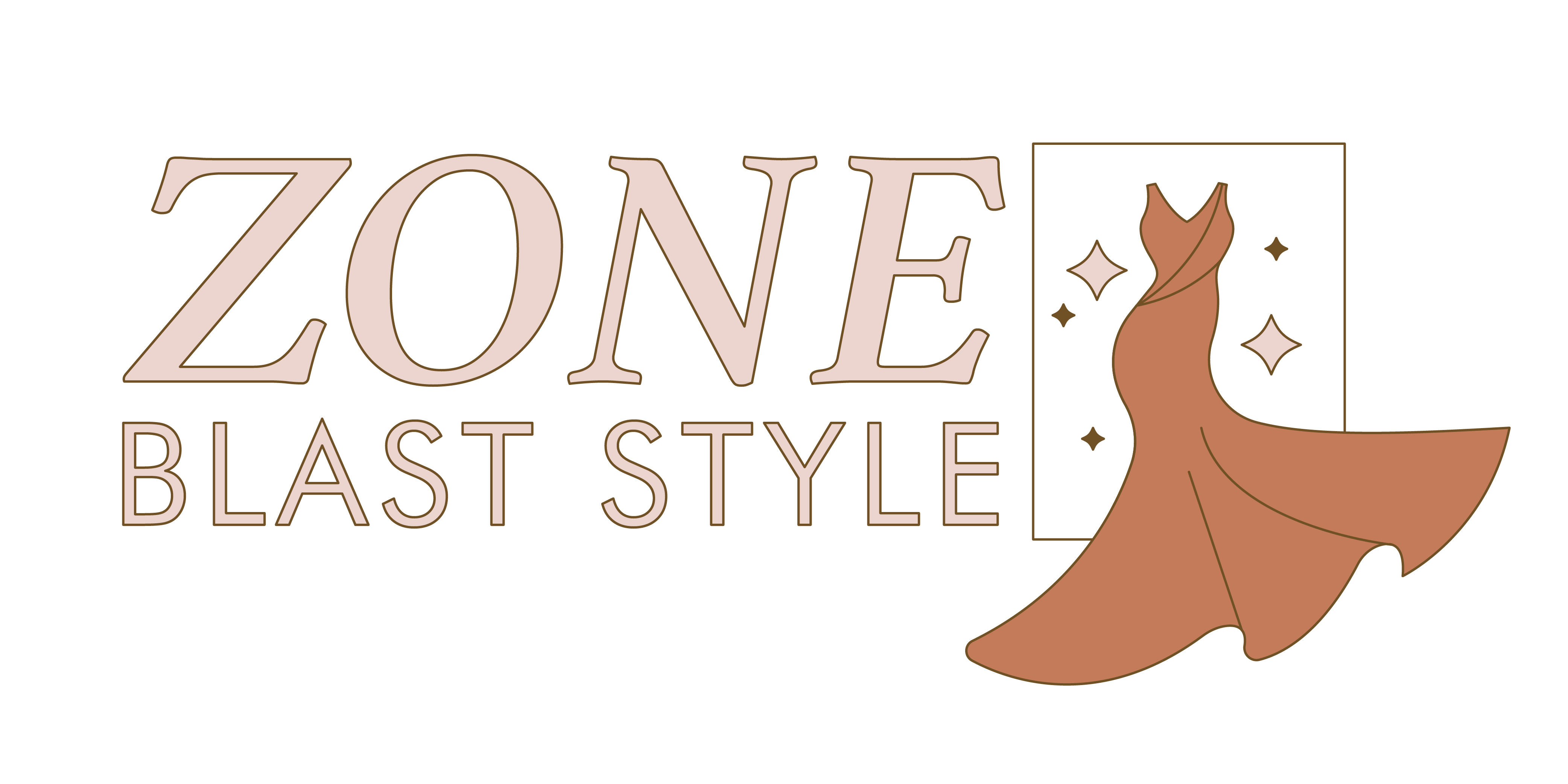Introduction: Fashion Meets the Future
For years, fashion moved at a measured pace, grounded in tradition and seasonality. Then tech stepped onto the runway—and nothing’s been the same since. From 3D-printed shoes to digital fashion weeks streamed live around the world, the line between style and science has quietly disappeared. The last decade saw early experiments; the last few years delivered real impact.
Designers now prototype on screens before touching fabric. Influencers launch clothing lines with nothing more than a smartphone and some backend automation. And consumers? They’re trying on outfits through augmented reality without leaving the couch.
The shift isn’t just in aesthetics—it’s structural. Fashion is becoming more agile, more data-driven, and more connected. The industry is rethinking how clothes are designed, made, sold, and even worn. In 2024, that transformation accelerates. For those in the style game, keeping up with this digital evolution is no longer optional. It’s survival.
Trend 1: Digital Design & 3D Fashion
Designers aren’t waiting weeks for sample runs anymore. With CAD software and 3D rendering tools, they’re slicing down prototyping time from months to hours. Visualizing cuts, fabrics, and silhouettes digitally means fewer back-and-forths with manufacturers and way less money spent upfront.
What’s wild is how entire fashion collections are now launched in virtual space. Think full-on digital fashion shows, streamed worldwide without moving a single hanger. The rise of virtual garments—pieces that exist purely online—isn’t just about aesthetics or hype. It’s about efficiency and freedom. Designers can experiment without risk, test audience response, and drop looks that never touch a sewing machine.
There’s also a real sustainability edge here. By moving the early stages of design into digital, fashion labels are producing fewer physical samples and cutting down on textile waste. Some are even using these tools to pre-sell before production, manufacturing only what buyers actually want. In an industry long criticized for excess, this is a rare win-win: good for business, and better for the planet.
Trend 2: Smart Fabrics and Wearable Tech
As fashion embraces the digital age, smart fabrics and wearable technology are pushing the boundaries of what clothing can do. It’s no longer just about looking good—it’s about staying connected, improving performance, and adding functionality to everyday wear.
Smarter Clothing, Smarter Living
Wearable tech is evolving quickly, with garments now able to:
- Track biometrics such as heart rate, posture, and stress levels
- Adapt to environments, including fabrics that shift color based on temperature or lighting
- Double as tech tools, with pieces that can charge your devices or power small electronics
These innovations aren’t just experimental—they’re making their way into mainstream collections.
Who’s Leading the Innovation?
Athletic and performance brands are currently at the forefront of the wearable tech movement.
- Sportswear companies are integrating sensors to monitor fitness metrics in real time
- Garments focused on recovery, temperature regulation, and form tracking are growing in demand
- Luxury labels are beginning to explore high-tech collaborations and limited-edition releases
This space is becoming more competitive, with both startups and fashion powerhouses racing to innovate.
Barriers That Still Exist
Despite the excitement, there are hurdles slowing widespread adoption:
- Comfort: Can technology be integrated without compromising wearability?
- Cost: Most smart garments remain inaccessible due to high price points
- Battery Life: Powering these pieces discreetly—and reliably—remains a major technical obstacle
Balancing utility with aesthetic appeal is crucial. As these challenges are addressed, expect more fashion-meets-functionality gear hitting racks and runways alike.
Trend 3: E-Commerce & Virtual Try-Ons
The line between online and in-store shopping is dissolving, and tech is driving the shift. AR-powered fitting rooms let shoppers see how clothes will look on their body without touching a hanger. Some brands go a step further with mobile scanning tech—using your phone’s camera to size you up and recommend the right fit. It’s faster, cleaner, and cuts down on returns.
AI is also getting smarter at delivering personalized shopping experiences. Think curated feeds that know your style better than your best friend. From predictive sizing to outfit suggestions based on your digital history, the goal is clear: make shopping smoother, sharper, and more tailored.
What we’re looking at is a slow but steady merge of digital convenience with the tactile appeal of brick-and-mortar. The stores that survive won’t just sell clothes—they’ll offer experiences, powered by data, algorithms, and a whole lot of real-time feedback.
Trend 4: Supply Chains Go High-Tech
Fashion logistics aren’t just getting smarter—they’re getting overhauled. RFID tags now track garments from factory floor to fitting room, cutting down on theft, stockouts, and waste. Layer in blockchain, and brands can prove where and how something was made without spinning a glossy story. It’s raw data, open-sourced, and customers are paying attention.
AI isn’t just for chatbots or recommendations anymore—it’s in the warehouse. Algorithms are helping brands predict demand, move products faster, and avoid overproduction. The result: leaner inventory, quicker restocks, and fewer discounts dumped into clearance.
Beyond the tech, there’s a growing shift in attitude. Where once opacity was standard, now transparency is branding. Consumers want to know if their jacket’s made under good conditions—and they’ll pay more if the answer’s clear and honest. Fast doesn’t have to mean careless. With the right tech stack, brands are proving that speed and accountability can live in the same outfit.
Trend 5: Social Media’s Double Life
In 2024, fashion no longer waits for the runway. TikTok and Instagram are setting the tone for what’s hot—sometimes in a matter of hours. A 10-second video with the right aesthetic can push an obscure brand into everyone’s feed before a stylist even picks up a lookbook. What used to be a six-month lead time is now a six-minute idea-to-closet pipeline.
Platform algorithms have become hypersensitive to real-time engagement, pulling trends straight from streetstyle, UGC, and influencer content. Fashion houses are watching—not leading. And creators who know how to ride these waves with precision and intent are carving out serious influence. The ones blending style sense with tech fluency are doing more than modeling—they’re building the next-generation fashion narrative.
Want to see how quickly things are changing? Monthly Recap: Major Fashion Events and Highlights breaks it down with receipts.
Conclusion: The New Standard
Technology isn’t a side story in fashion anymore—it’s the foundation. From the sketchpad to the supply chain and every fitting room in between, digital tools are driving decisions. Brands that integrate tech at every level aren’t just surviving—they’re setting the pace.
Designers who learn to wield innovation—not just accept it—are building sharper collections and stronger followings. Consumers, too, are evolving. They expect smarter experiences, transparency, and gear that does more than just look good. Those still clinging to analog thinking? They’re already behind.
For fashion in 2024 and beyond, innovation isn’t a nice-to-have. It’s the dress code. Adapt or fade out—those are the options.


 Founder & Creative Director
Founder & Creative Director
